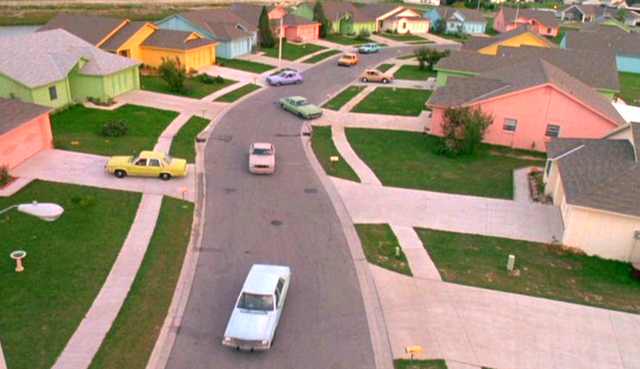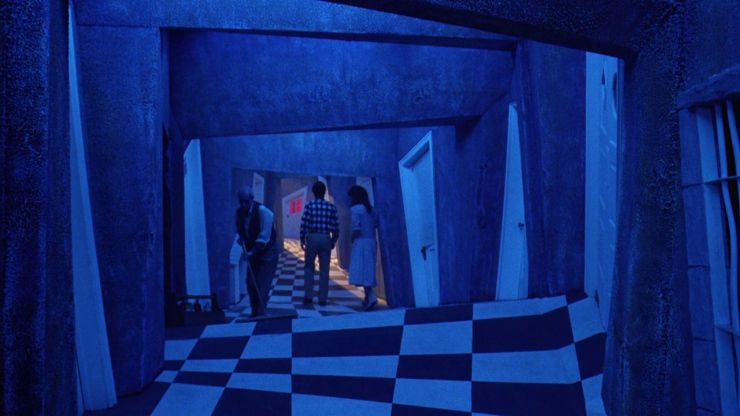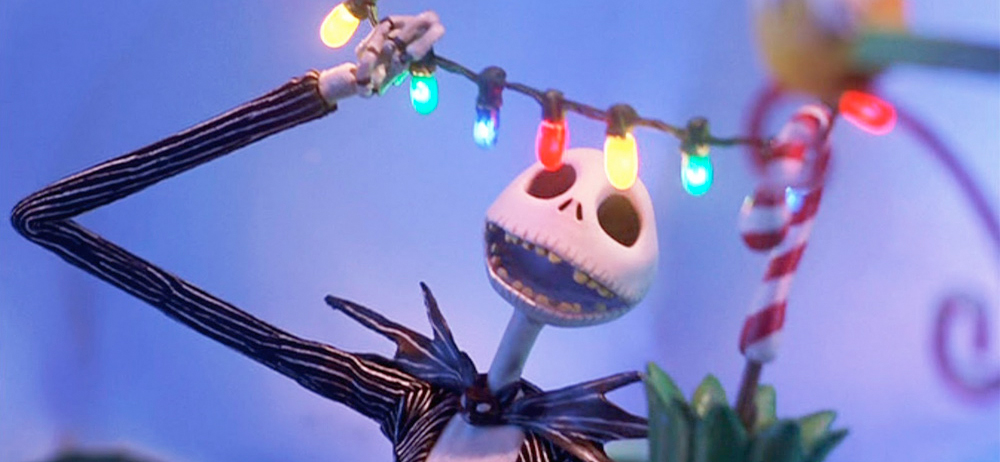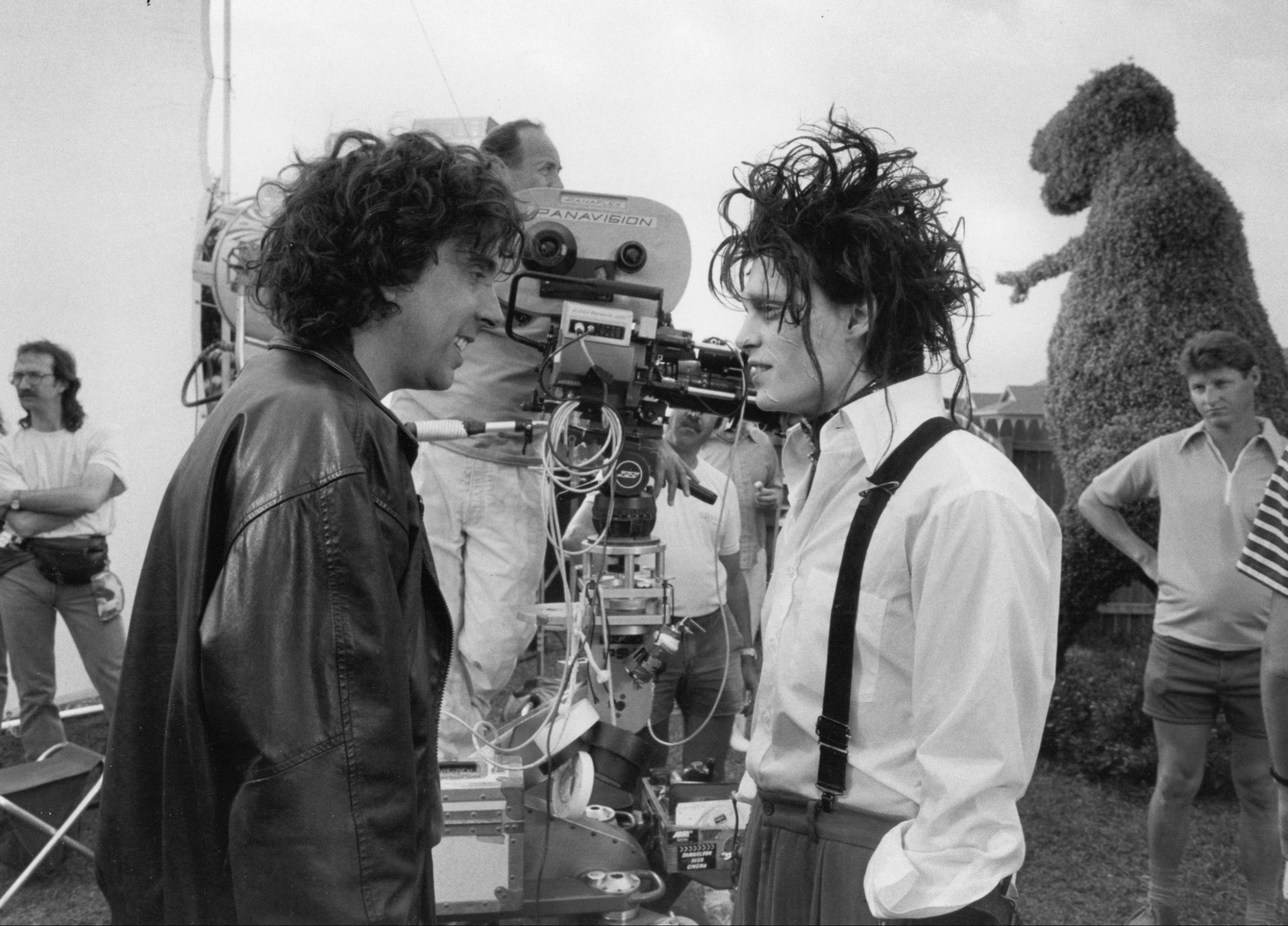Table of Contents Show
Tim Burton is considered to be the king of all gothic-style films, but in actuality, his art and film style is an unpopular subgenre called gothic suburbia. Burton has created such a unique style of film and art that it cannot be compared to anything else. This style of storytelling and art developed because Burton was an outcast living in bright and sunny California suburbs. A lot of his childhood experiences as an outcast reflect in the films he’s created and is what makes his stories so unique, yet compelling.
Suburbia As The Villain
Tim Burton reflects on his adolescence and growing up as the strange kid in perfect suburbia by painting the suburbs as the villain. In films like Edward Scissorhands, we see how perfect utopias are harmful to individualism and creativity. The whole town eventually in the film sees Edward as evil and bad and tries to do away with him. A lot of this is Burton projecting how he must have felt in real life onto the character.

Burton’s use of gothic suburbia to critique society has inspired a whole generation of people who choose to let their freak flag fly. Even in some of his stop motion works, we get this recurring theme that “weird is good.” In his cultural classic, The Nightmare Before Christmas, Jack is tired of Halloween’s same mundane routine, but when trying to do something different and “normal,” like Christmas, he realizes he should stick to what he is best at. In a way, you could see that as normal being bad and individualism being the better option.
Visual Appeal Of Gothic Suburbia
Most people can recognize an art piece or a film inspired by Tim Burton by the way he uses warped and twisted imagery. One of his most iconic uses of it would be in his hit film Beetlejuice. Burton likes to visually poke fun at the ordinary, from the unique and wonky walls of the afterlife to the humor in the modern art of Delia Deetz’s idea of a country home. Beetlejuice plays on the imagery of suburban architecture by taking something normal like a doorway and warping the shape of it to become more gothic and dream-like.

Fans of horror, or the “strange and unusual,” are more attracted to this suburban gothic style because it is only found in Burton’s films. However, not all of Burton’s films are dark, gritty, or full of gothic suburbia. In fact, his film Big Fish is the complete opposite of his usual direction of gothic visual storytelling. Big Fish is full of brighter colors and normal imagery, which is why most people do not recognize the film as a Tim Burton film right away. Whether his imagery is light or dark, it is easy to say that the visuals Burton uses certainly draw in audiences.
Cultural Impact Of Gothic Suburbia
I do not think you can go anywhere during the Halloween season without seeing Jack Skellington or Beetlejuice merchandise. I think Burton never intended to succeed as well as he did with his films because now most of them have become holiday classics. Most people can empathize with Burton’s films and glean a sense of creativity from each of them due to the fact that most films are not targeted towards a “gothic” audience. Not to say that everyone who watches a Tim Burton film is goth, but they do have an appreciation for a more unusual aesthetic.

Burton has defined his own genre of gothic suburbia, and it still lives in people’s minds to this day since Burton continues to produce films in his own unique art style. Burton has inspired different music, artists, and fashion designers. His mind doesn’t see the world as a plain suburban neighborhood but rather a colorful yet twisted gothic dream.
Tim Burton’s Legacy
We can all thank Tim Burton for pioneering the way for not only stop motion animation but for the creation of a whole generation of people who fancy gothic aesthetics. Burton’s Gothic suburbia brand can help those who feel out of place in the world fit in by standing out. Other films, such as Coraline, are heavily inspired by Tim Burton and are credited to him despite having no part. This shows how Burton’s visual way of storytelling is unique to only him and will continue to inspire people for many generations to come.
